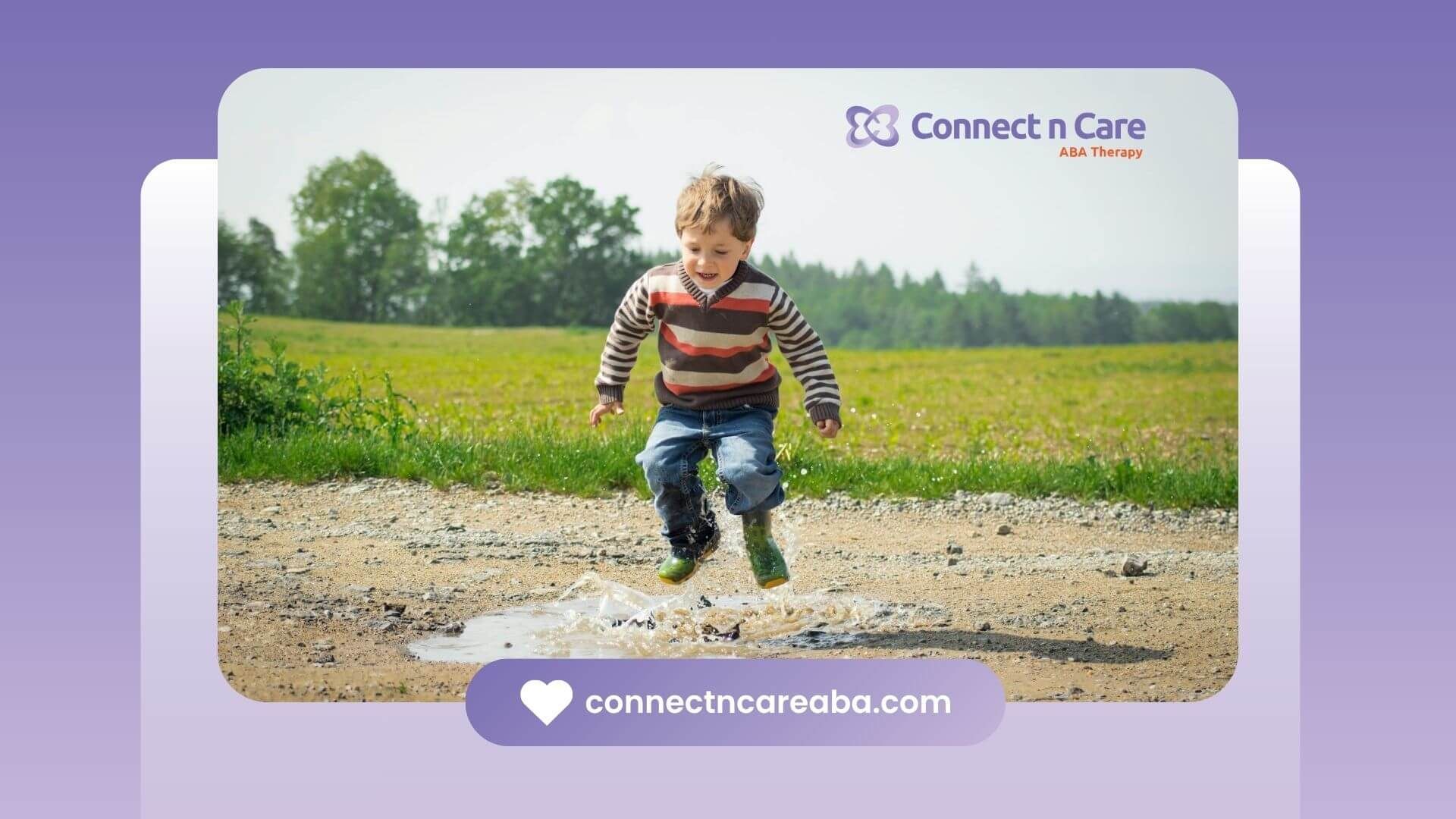Understanding Love Languages
Expressing love isn't a one-size-fits-all deal. Everyone has their own unique way of showing and receiving affection. This idea is called love languages. They give us a peek into how people prefer to feel appreciated and emotionally connected. For folks with autism, knowing their love languages can be a game-changer in building strong, meaningful relationships.
What Are Love Languages?
Gary Chapman introduced love languages in his book "The Five Love Languages: How to Express Heartfelt Commitment to Your Mate." He identified five main love languages: words of affirmation, acts of service, receiving gifts, quality time, and physical touch. These are the different ways people like to give and receive love.
Everyone has a primary love language, the way they naturally show love. Knowing someone's love language helps us communicate in a way that hits home for them. Speaking their love language makes them feel valued, understood, and cherished.
Why Love Languages Matter
Love languages are a big deal in any relationship, especially with individuals with autism. Recognizing and respecting their unique love languages can create a loving, connected, and emotionally healthy environment.
For those with autism, who might face social and communication challenges, understanding their love languages is crucial. It helps us tailor our expressions of love to their needs and preferences, making them feel appreciated and understood.
By learning the love languages of individuals with autism, we can adjust our communication, interactions, and gestures to meet their emotional needs. This understanding can bridge communication gaps and foster a deeper connection.
Want to dive deeper into love languages and their importance for individuals with autism? Check out our article on autism and love languages. Understanding and using love languages can boost relationships, encourage emotional growth, and create a nurturing space where love is expressed and received in meaningful ways.
Love Languages for Individuals with Autism
Understanding and expressing love can be a bit different for individuals with autism. Recognizing and appreciating these differences helps build meaningful connections. Let's dive into the unique love languages of individuals with autism and the challenges they might face in expressing love.
Unique Love Languages
Love languages are the ways people prefer to give and receive love. Gary Chapman identified five main ones: words of affirmation, acts of service, physical touch, quality time, and gift-giving. But for individuals with autism, their love languages might align more with their sensory, emotional, and communication preferences.
For some, love might be all about sensory experiences. They might find comfort and connection through activities that engage their senses, like listening to music, repetitive movements, or exploring different textures. Others might express love through shared interests or routines, finding joy in activities that match their specific passions. Recognizing and respecting these unique love languages is key to effectively communicating love and support.
Challenges in Expressing Love
Expressing love can be tricky for individuals with autism due to differences in social communication and emotional processing. Some might struggle with recognizing and interpreting social cues or understanding others' perspectives and emotions. This can make it hard for them to express love in ways that neurotypical folks easily understand.
Verbal communication can also be a hurdle. Some individuals with autism might find it tough to articulate their emotions or might rely on alternative means of communication, like assistive technology or nonverbal cues, to express their feelings.
Sensory sensitivities common in autism can also affect how love is expressed. Some might have aversions to certain types of physical touch or find it overwhelming. This can impact their ability to engage in physical expressions of love, like hugging or holding hands.
By understanding these unique love languages and the challenges in expressing love, we can create more inclusive and supportive environments. It's all about patience, empathy, and adapting to individual needs and preferences. This way, we can foster meaningful connections and show love in ways that truly matter to individuals with autism.
To learn more about nurturing love languages for individuals with autism, including understanding their needs and creating supportive environments, check out our full article on love languages for individuals with autism.
How to Show Love with Words
When it comes to showing love to someone with autism, it might look a bit different than what you're used to. But hey, different isn't bad—it's just different. Knowing how they express and receive love can make your bond stronger and more meaningful. Let's talk about how words can make a big difference.
Sweet Talk and Compliments
Words can be magic, especially for someone with autism. A kind word or a genuine compliment can do wonders. It’s like giving them a little boost of confidence and showing that you care. Simple things like saying, "You did a great job," or "I love how you did that," can make their day.
Gary Chapman, the guy who wrote "The 5 Love Languages," says that words of affirmation are super important for people who love to communicate verbally (Chapman, 2015). So, if your loved one lights up when you praise them, keep those compliments coming. Just make sure they're genuine and specific. Instead of a vague "Good job," try saying, "I really appreciate how you helped with the dishes today."
Choose your words wisely. Pay attention to how they react and what they like. Communication is a two-way street, so watch for their cues. Keep it calm, clear, and straightforward. By tuning into their unique way of communicating, you can make your words count (Rosenberg, 2015).
Finding the Right Way to Communicate
Not everyone with autism finds it easy to talk. Some might be chatterboxes, while others might struggle with words. That's okay. There are other ways to show love.
One cool method is called augmentative and alternative communication (AAC). This is just a fancy way of saying "other ways to talk." It could be sign language, picture cards, or even gadgets that speak for them. These tools can help them say what they feel without getting stressed out.
Visual aids can also be a big help. Things like social stories or visual schedules can make it easier for them to understand and remember what you're saying. It's like giving them a roadmap for your words.
Getting the hang of how someone with autism shows love can make a world of difference. Using kind words and finding the right way to communicate can help you build a loving, supportive relationship. So, go ahead—speak from the heart and find what works best for both of you.
Showing Love Through Actions and Touch
For folks with autism, showing love physically can be a special and powerful way to bond. This can be through doing helpful things or simple touches.
Doing Helpful Things
Doing helpful things is a clear way to show love and care. This means doing something useful or meaningful for someone else. For those with autism, these actions can speak louder than words, especially if talking is tough.
Here are some examples:
- Helping with chores around the house
- Assisting with daily routines or personal care
- Running errands or handling tasks for someone
By doing these things, people with autism can show their love and help those they care about. These actions can really strengthen relationships and make everyone feel closer.
Simple Touches
Touch is another key way to show love. Everyone has different likes and dislikes when it comes to touch, but it can help create a feeling of connection and comfort.
Some examples include:
- Hugs or cuddling
- Holding hands
- Gentle touches or stroking
It's important to respect each person's boundaries and sensitivities. Some people with autism might be more sensitive to touch and might prefer certain types of touch or find some sensations too much. It's crucial to understand and respect what each person is comfortable with.
Touch can help create a feeling of safety and give the sensory input that some people with autism need to feel calm and connected.
Knowing and respecting how people with autism like to show and receive love is key to building strong and happy relationships. Always be mindful of what each person prefers and how they communicate to make sure love is shared in a way that feels good for everyone.
For more on how love languages work for people with autism, check out our article on love languages for individuals with autism.
Visual and Sensory Expressions
Folks with autism often have their own special ways of showing and feeling love, especially through visual and sensory expressions. Getting a handle on these unique forms of communication can really help build stronger relationships and deeper connections.
Quality Time
For many with autism, quality time is a big deal. Spending focused, undivided time together can lead to meaningful interactions and connections. This could be anything from playing games, taking a walk, or just hanging out together.
Creating a comfy, sensory-friendly environment during this time is key. This might mean cutting down on noise or finding a calm space. By making the environment just right, individuals with autism can fully enjoy and engage in the moment.
Want to dive deeper into why quality time matters in relationships? Check out the Relationship Counseling Center's article on "The Importance of Quality Time in Relationships" and Psychology Today's take on "How Quality Time Strengthens Bonds".
Gift-Giving
Gift-giving can be another heartfelt way for those with autism to show love. Whether it's a physical gift or a thoughtful gesture, it can express care and affection. Gifts that match the person's interests and preferences can bring a lot of joy.
When picking out gifts, think about their sensory likes and dislikes. Some might love soft textures or calming scents. Choosing gifts that fit their sensory preferences can make the experience even more special.
Curious about the psychology behind gift-giving? The American Psychological Association has some great insights on "The Psychology Behind Gift-Giving", and Gifted Magazine talks about "The Art of Thoughtful Gift-Giving".
By understanding and embracing these visual and sensory love languages, people with autism and their loved ones can build deeper connections and stronger bonds. It's all about recognizing each person's unique preferences and needs, and finding personalized ways to show love and appreciation.
Nurturing Love Languages
Understanding and nurturing the love languages of individuals with autism is key to building strong, meaningful connections. By recognizing their unique needs, we can create environments that promote love and emotional well-being.
Getting to Know Their Needs
To truly nurture the love languages of individuals with autism, you need to understand their specific needs and preferences. There's no one-size-fits-all approach here. Think about their communication styles, sensory sensitivities, and personal interests.
Gary Chapman, in his book "The 5 Love Languages: The Secret to Love that Lasts," talks about five primary love languages: words of affirmation, acts of service, receiving gifts, quality time, and physical touch. But for individuals with autism, these love languages might look a bit different or be focused on specific interests.
Understanding their unique love languages means paying close attention, listening actively, and keeping communication open. Watch their nonverbal cues and preferences to figure out how they express and receive love.
Building a Supportive Environment
Creating a supportive environment is crucial for nurturing the love languages of individuals with autism. Here are some tips:
- Personalize Interactions:
Tailor your interactions based on their love language preferences. If they value quality time, engage in activities they enjoy. If they appreciate acts of service, find meaningful ways to assist them in their daily routines.
- Provide Structure and Predictability:
Many individuals with autism thrive in structured environments. Establish routines and clear expectations to create a sense of security, making it easier for them to express and receive love.
- Respect Sensory Sensitivities:
Be mindful of their sensory preferences and aversions. Use gentle touches or provide sensory-friendly gifts that align with their likes and dislikes.
- Encourage Open Communication: Foster open and honest communication to understand their needs and preferences better. By listening and valuing their input, you create a safe space for them to express their love languages.
- Educate and Involve Others: Educate family members, friends, and caregivers about the love languages and needs of individuals with autism. Creating a supportive network helps build an inclusive environment that respects their unique ways of expressing and receiving love.
By understanding their needs and creating supportive environments, we can nurture the love languages of individuals with autism and build meaningful connections. Approach each person with empathy and respect, recognizing that their love languages might differ from traditional expressions but are just as important for their emotional well-being.









